We enjoyed a delightful tour of a small family owned coffee farm in Boquete, Panama. This area in Panama is known for coffee and produces “most expensive coffee in the world” Geisha coffee. There are numerous family owned coffee farms around Boquete, but we settled on one that was highly recommended by Trip Advisor, Cafes de la Luna, Finca Dos Jefes, and it delivered nicely. The tour included tastings of four types of coffee produced on the farm.
We were lucky that our tour was led by the owner of the farm (Rich Lipner), since the regular tour guide was on vacation. He is an interesting American man, who discovered Boquete, Panama by accident when he visited a friend with his wife 20 years ago (2003), and ended up buying land to build a retirement home on, which turned out to be an abandoned coffee farm. It provided an excellent retirement project, learning about the coffee growing and marketing business, which he now runs as a second career. Their web site Boquete Coffee Tour | The best coffee tour in Boquete.
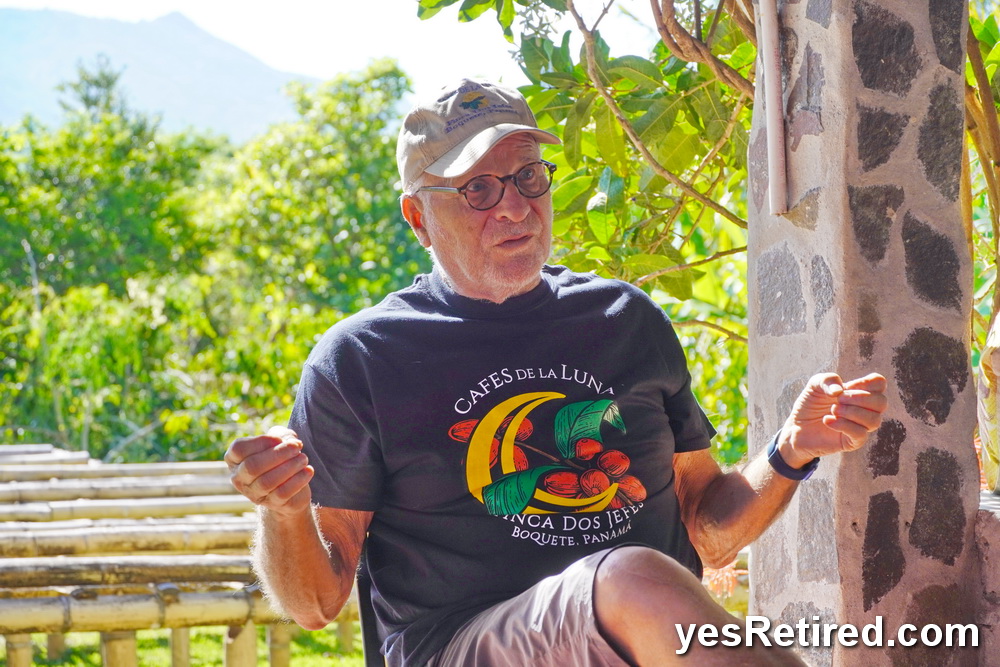
Owner “Rich Lipner”, of Cafes de la Luna, Finca Dos Jefes
The taste of the coffee you drink is affected by a wide variety of factors all related to the way the coffee tree is grown. Three major elements include elevation, rainfall frequency, and soil. Aside from explaining how they grow coffee on their farm, he shared amazing insights into the challenges of the coffee business, in ensuring the coffee farmer and its employees can earn a living wage in a very large commodity priced industry, as well as discussing sustainability and organic farming. Their 7 acre farm is located at an elevation of 1400 Meters.
They also pick the coffee cherries in the waxing phase of the moon – which is when the moon is getting brighter from darkness, and “pulling” goodness into the coffee beans. This practice is reflected in the name of the company, where Luna translates to moon.
Tasting
Our random group of a dozen tourists, included people from Switzerland, Netherlands, USA, Canada and Germany. The tasting included four different types of coffee starting with the milder, more flavorful, tea like Geisha and ending with the dark roast. He also provided insights into types of brewing processes, from French Press, to Espresso and pour over filtered.
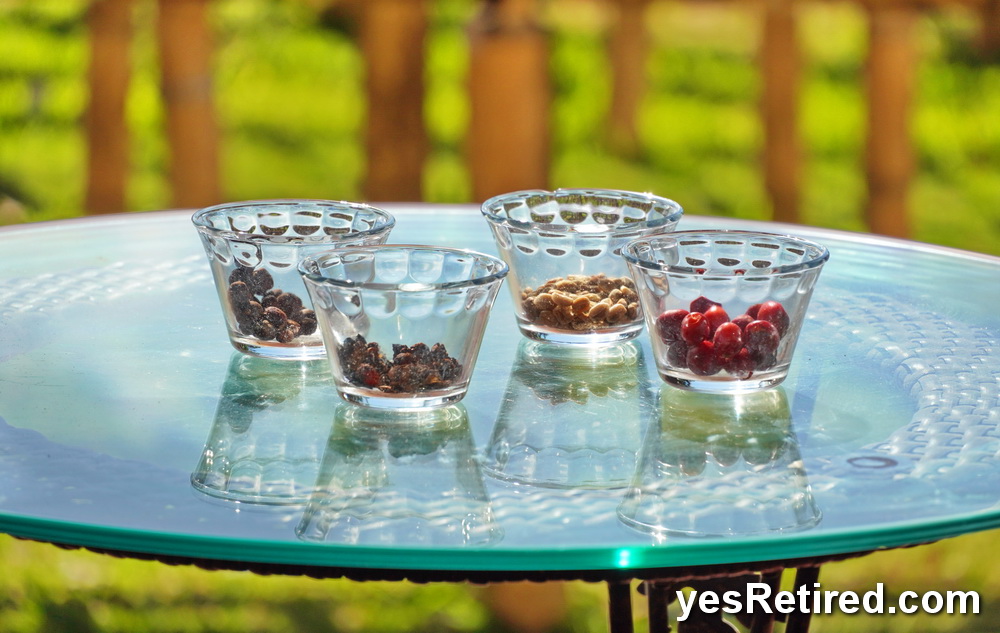
Coffee beans come from coffee cherries
—
Coffee Process
The coffee beans we use at home start their journey on a bushy tree. The harvest season in Boquete is about four months long, and involves picking the right colour of red coffee “cherries” from the bushes by hand. Workers are generally paid per 5 gallon bucket for their work. The red cherries are sun dried outdoors on racks to get them to a specific humidity, they also need to be rolled over as they dry, and when it rains they need to be protected. We tasted the sweet juicy red cherries before they were dried. Once the outer red husk is removed it can actually be used to produce a special tea! The whole beans are stored in large burlap type bags for transport, until ready for roasting.
Growing the trees can be done using Arabica seeds. It takes a few years before they can be productive, and they are generally pruned to make the picking from the ground easier. The soil also needs to have the nitrogen replenished by intermingling other species of trees with them.
How to make good coffee beans
- Plant seeds (usually Arabica) and wait 3-5 years. Be sure to plant them at the right altitude, in a sunny place, that gets regular rain, in the right soil. Manage possible bugs and fungus infestations.
- Pick the red coffee cherries at the right time. Ideally this also takes the phase of the moon into consideration.
- Dry the cherries to the correct humidity.
- Remove the red outer skin husk. The Luna farm uses a technique used in Africa, which is harder, but better than the otherwise water intensive soaking methods. The problem with using water is the disposal of the nitrogen infused water afterwards.
- Find a market
- If you sell just the un-roasted beans, the wholesale price you get will be small, and set by very large worldwide exchanges, which may have no relationship to your market conditions or quality. Many of the small family coffee growers are stuck with this model and can’t make a living wage this way. They are also attracted to the instant cash paid when their beans are delivered to the exchange.
- If you are smart you will find your own market(s) and get paid much more reasonably, but this is not easy. If you ship your product overseas in a container, you will probably need to wait many months for your payment – while having had to pay the workers for their labour.
- Roast your own beans, for local small market sales.
Photo gallery from tour (Click image for full sized version).
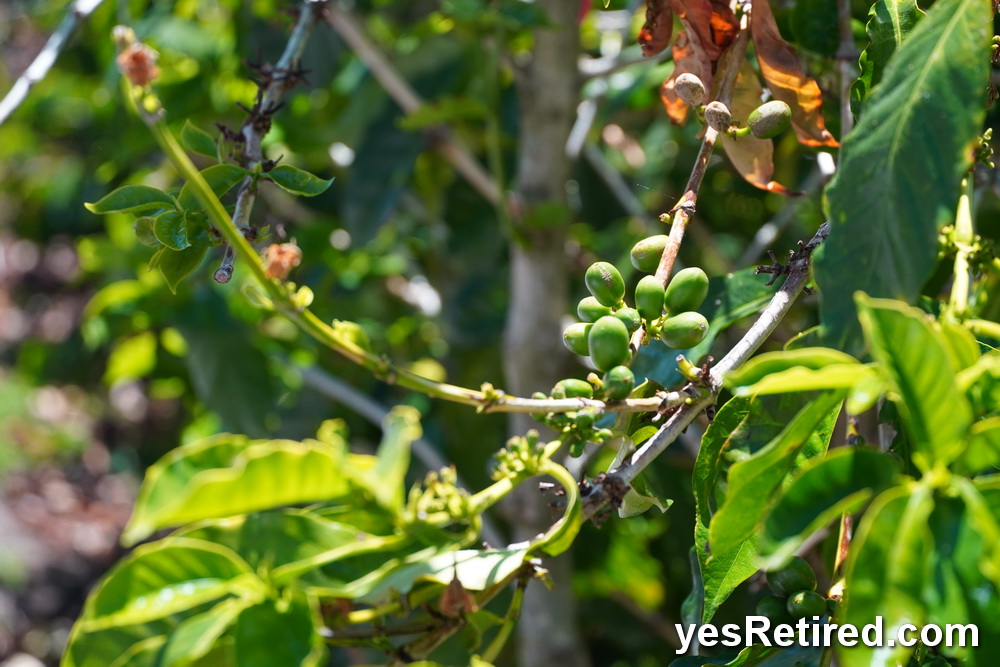
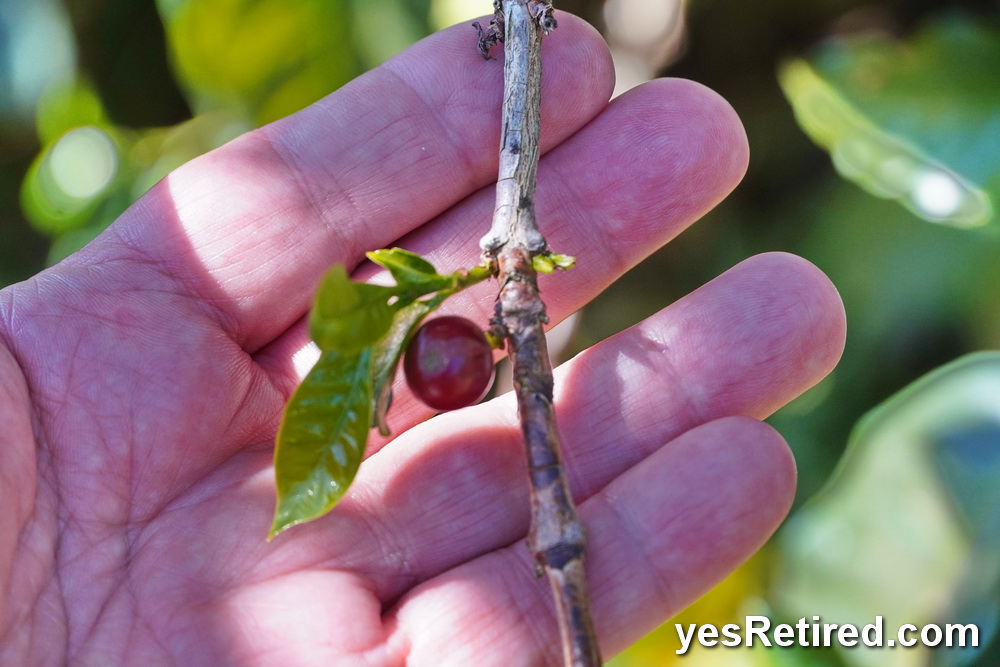
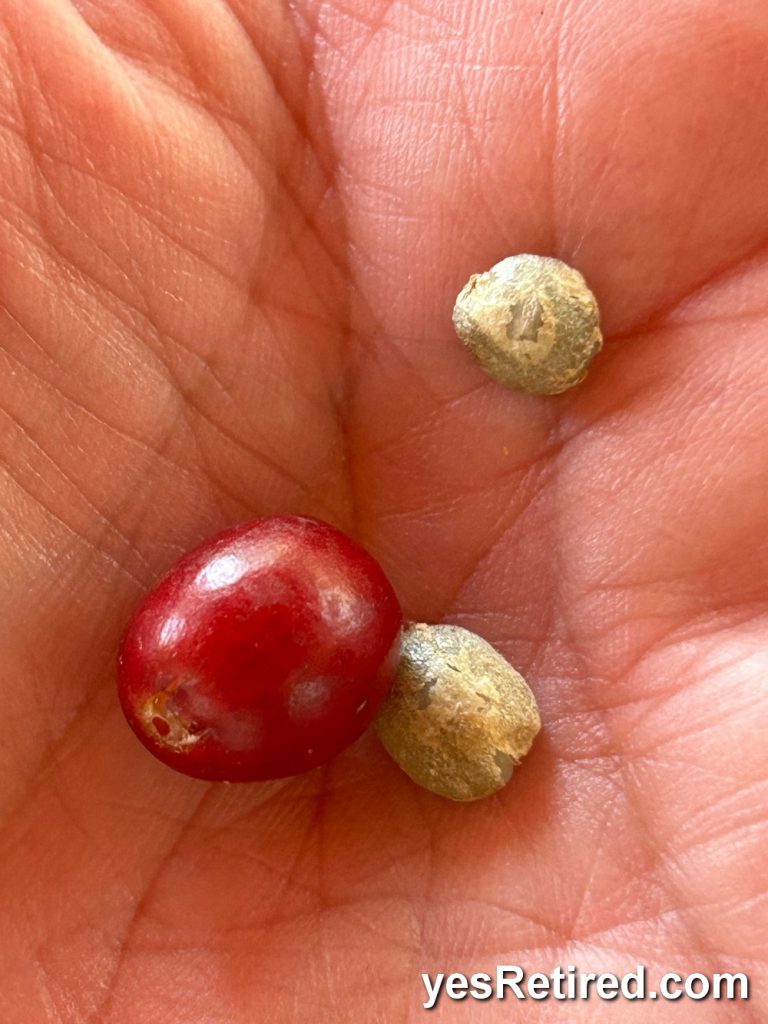
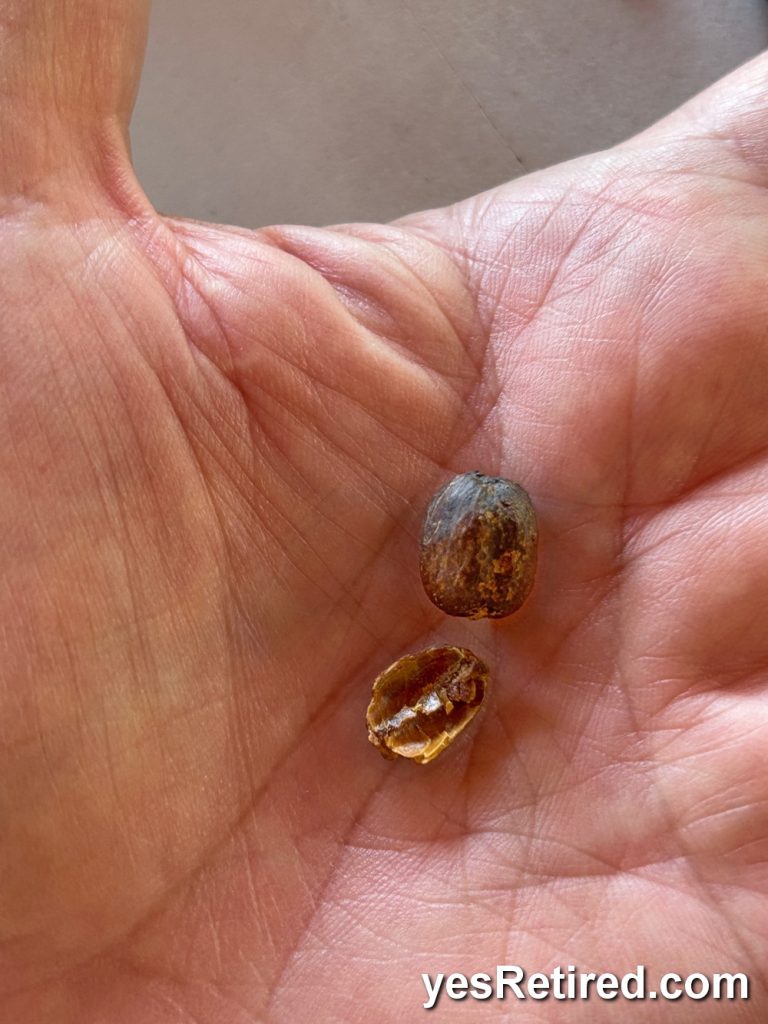
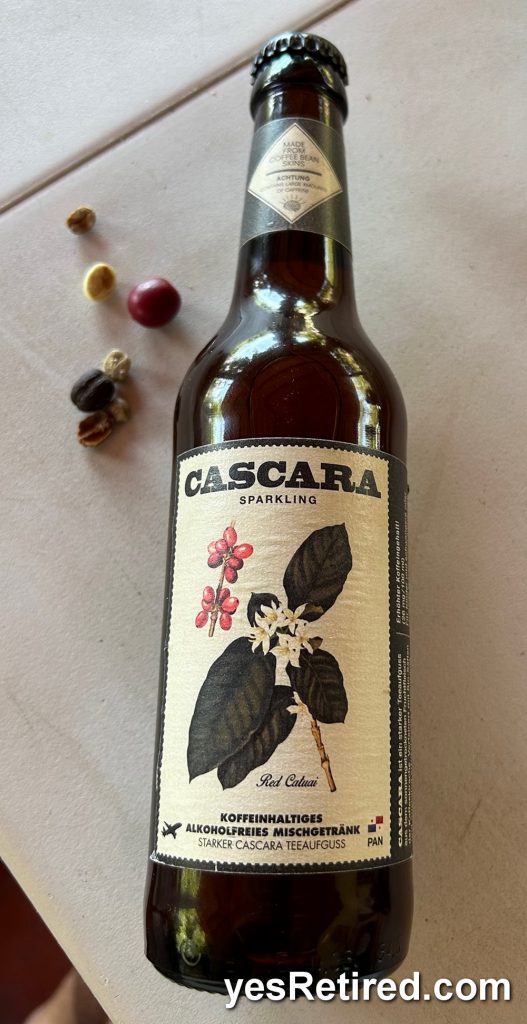
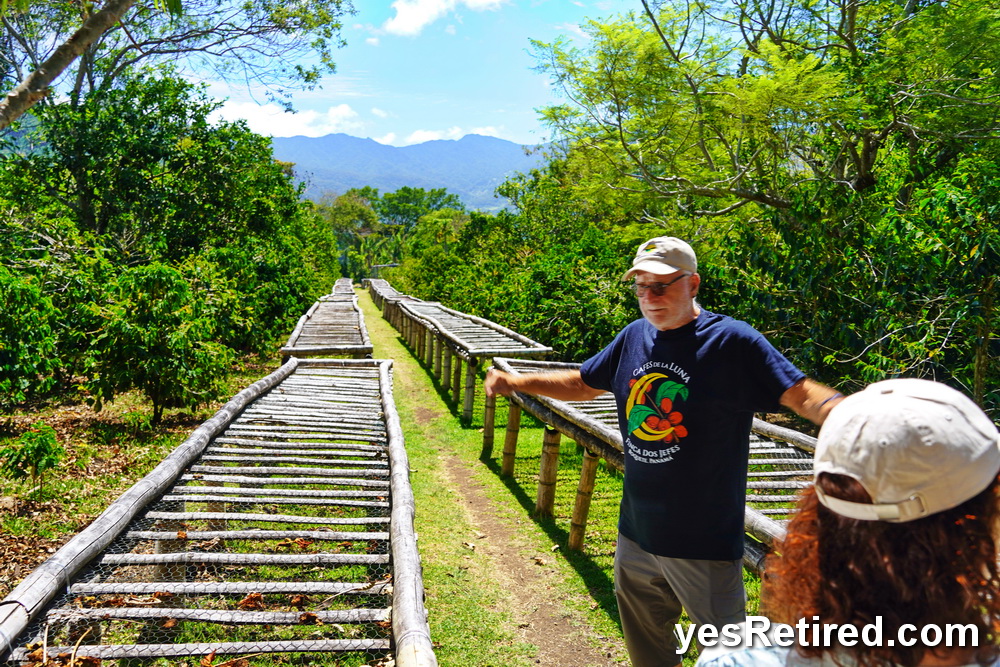
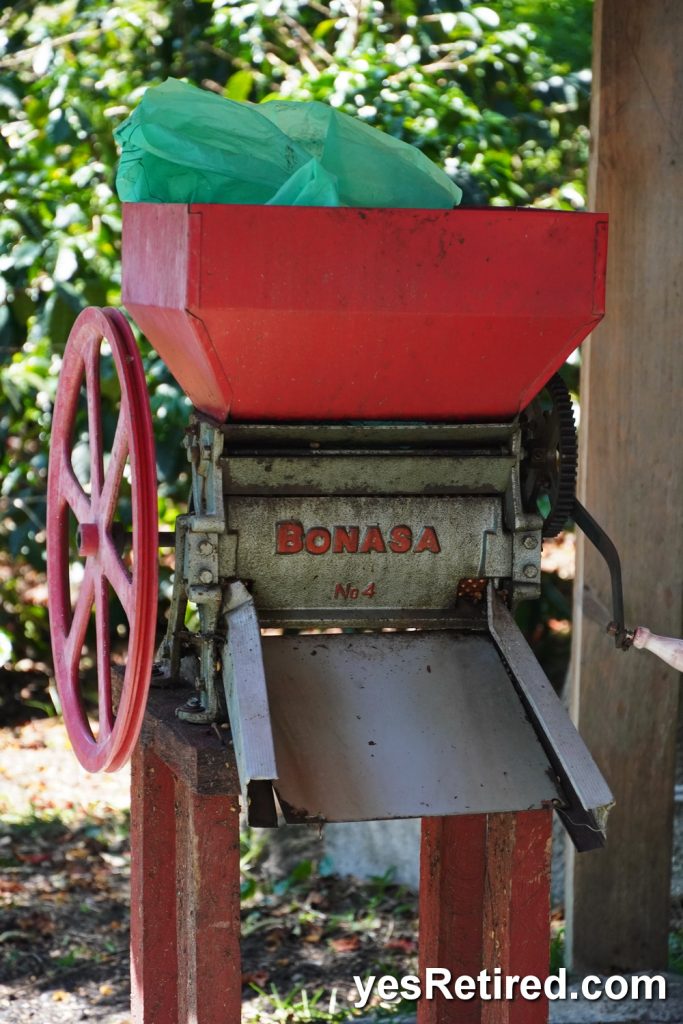
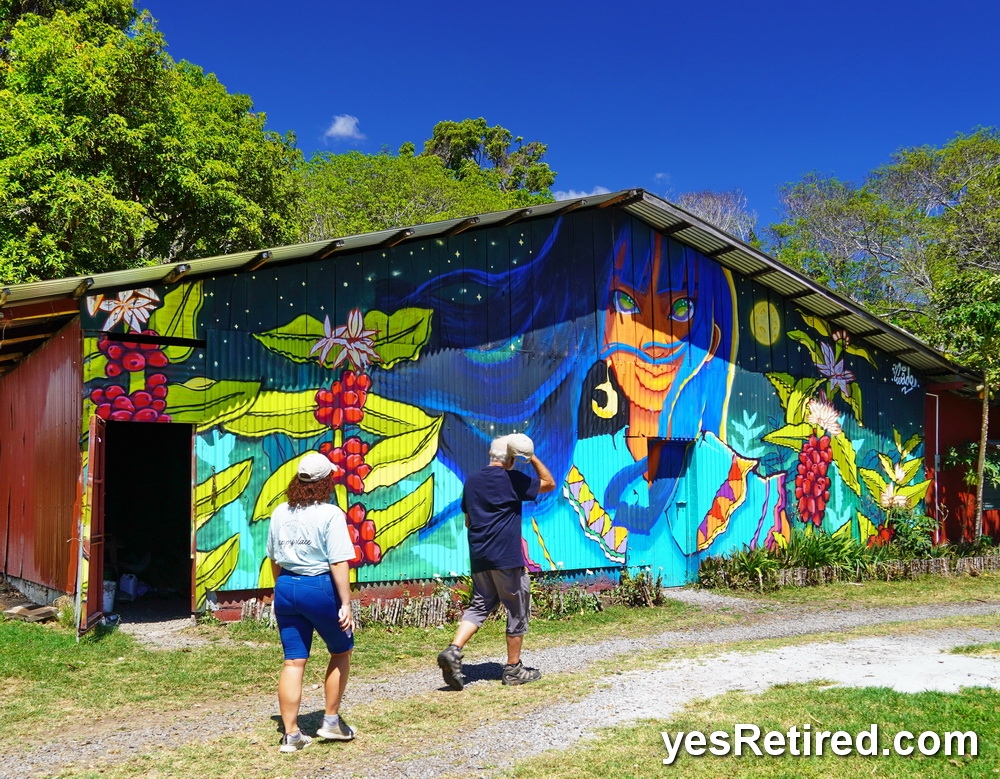
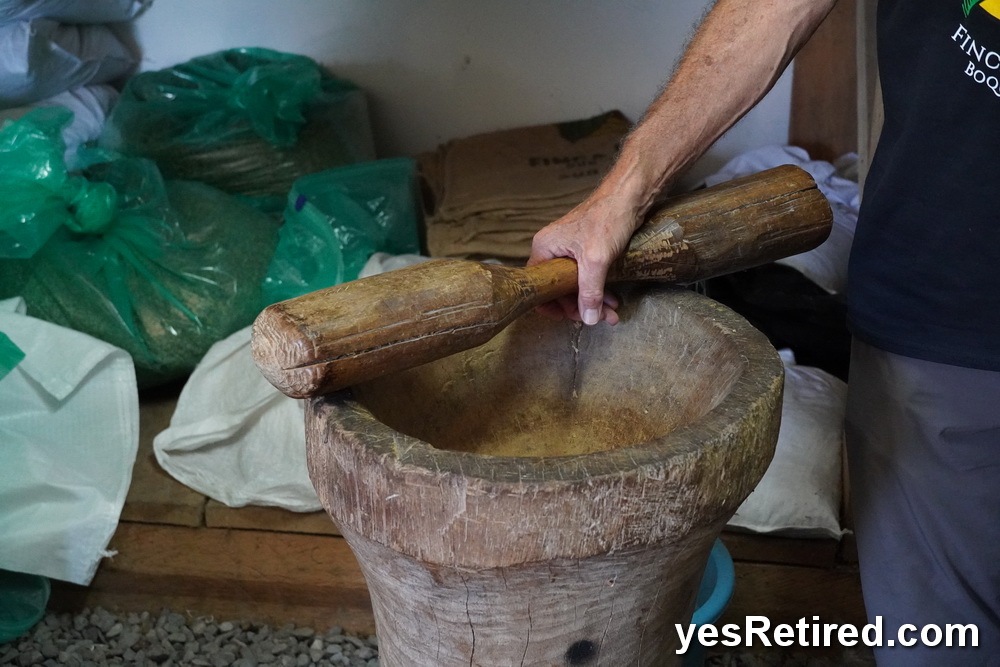
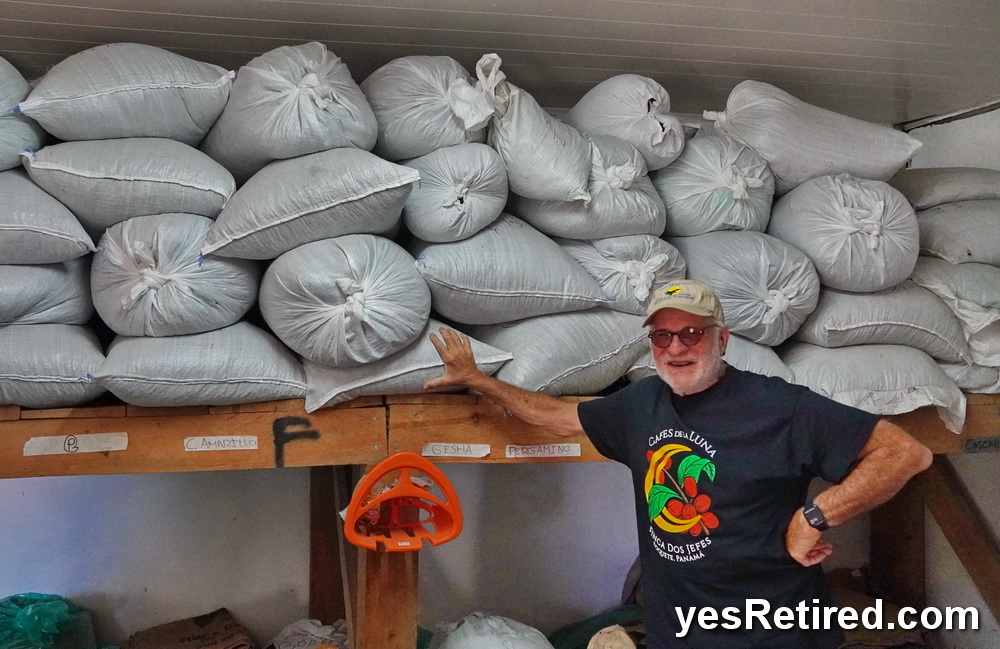
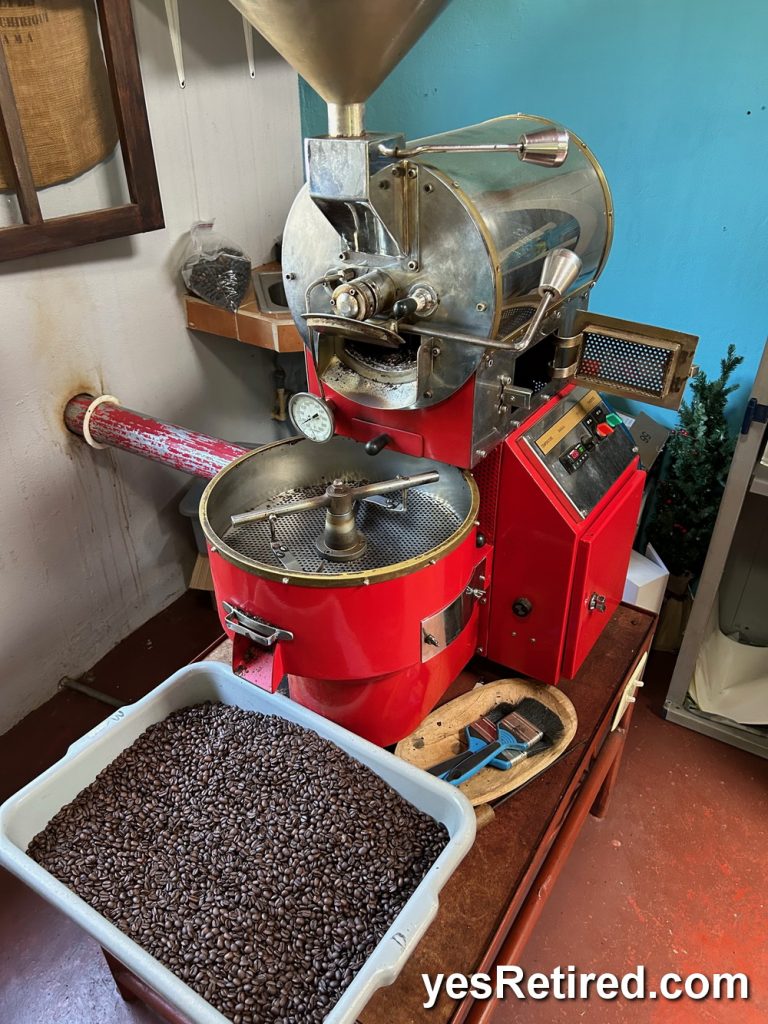
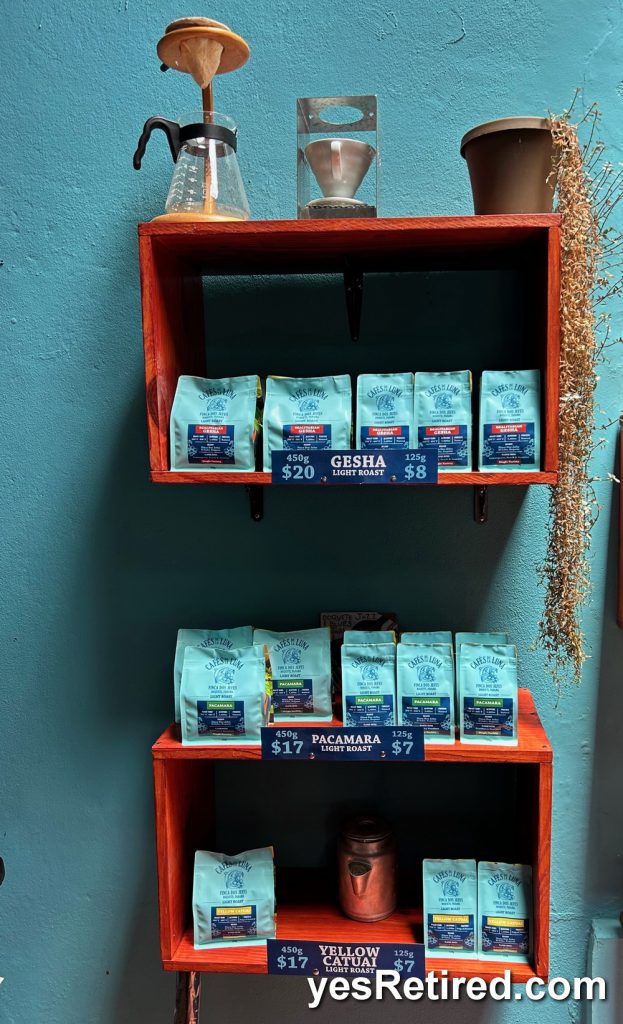

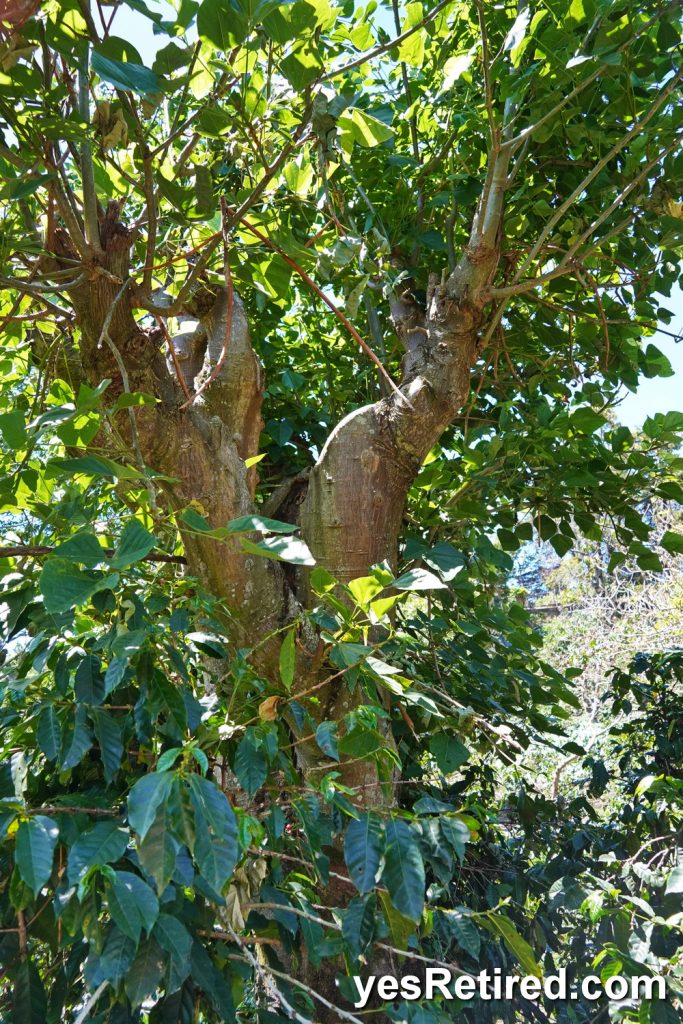
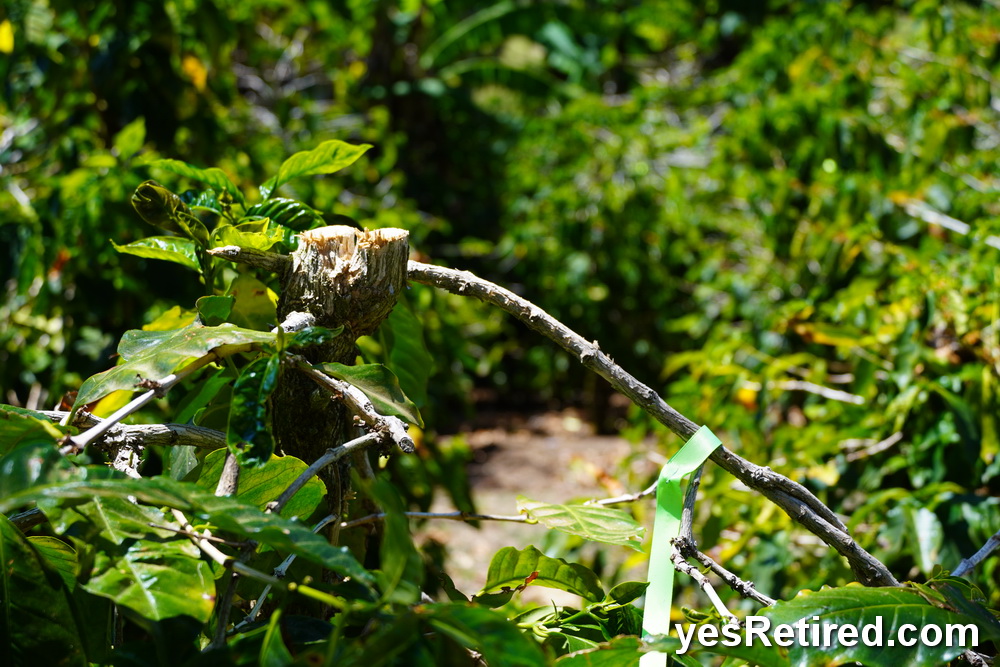
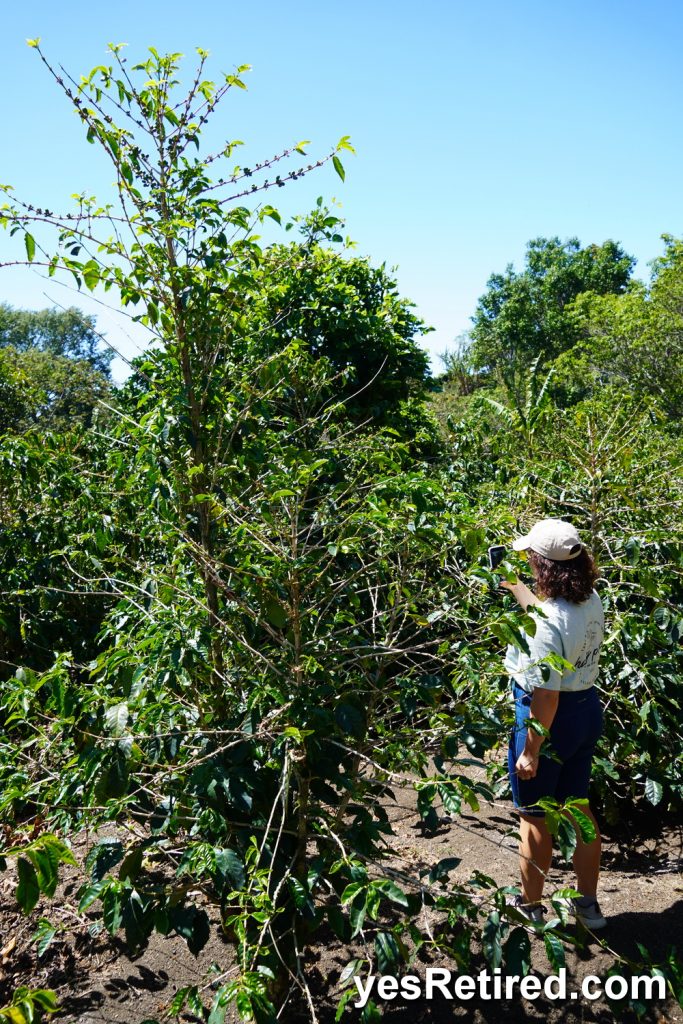
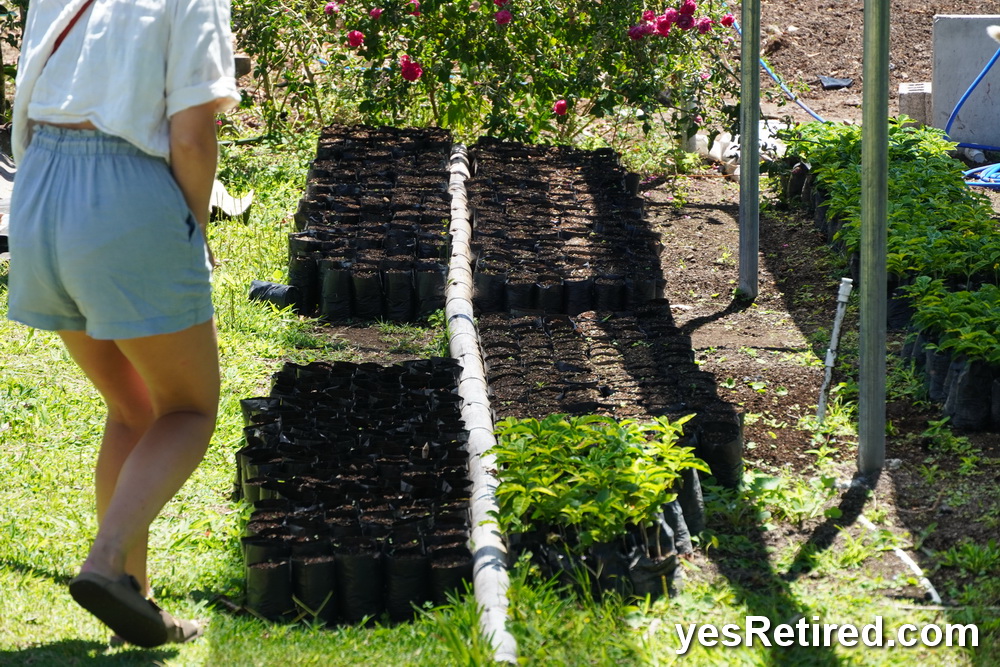
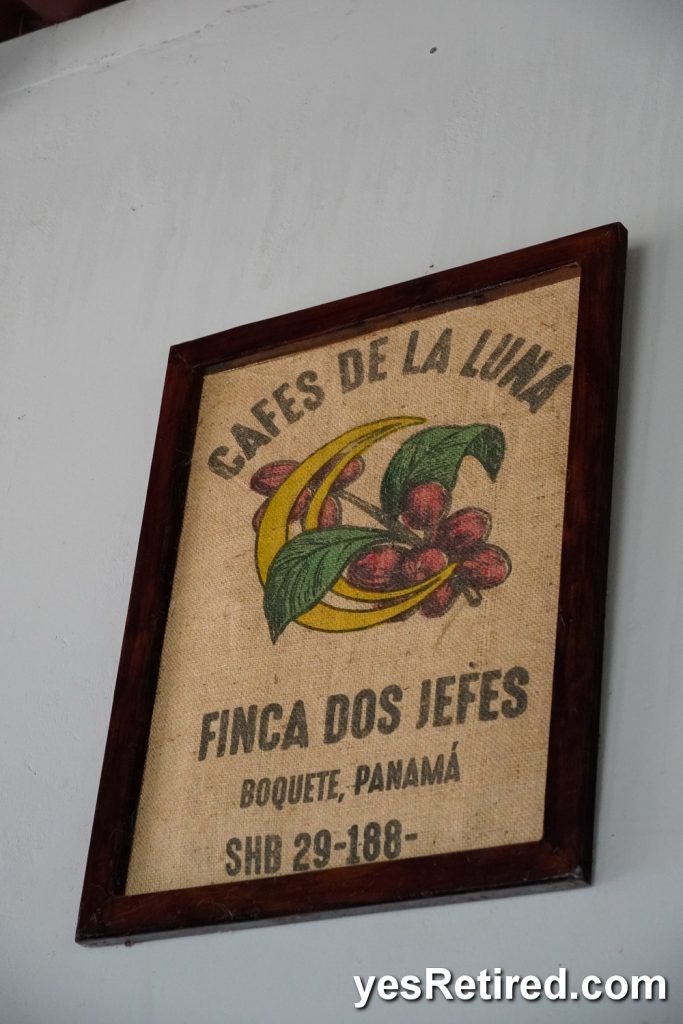
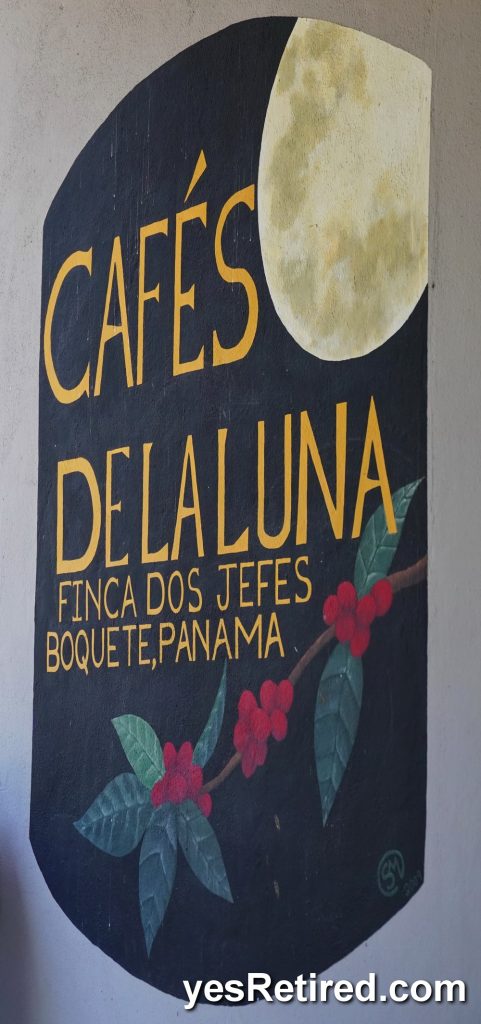

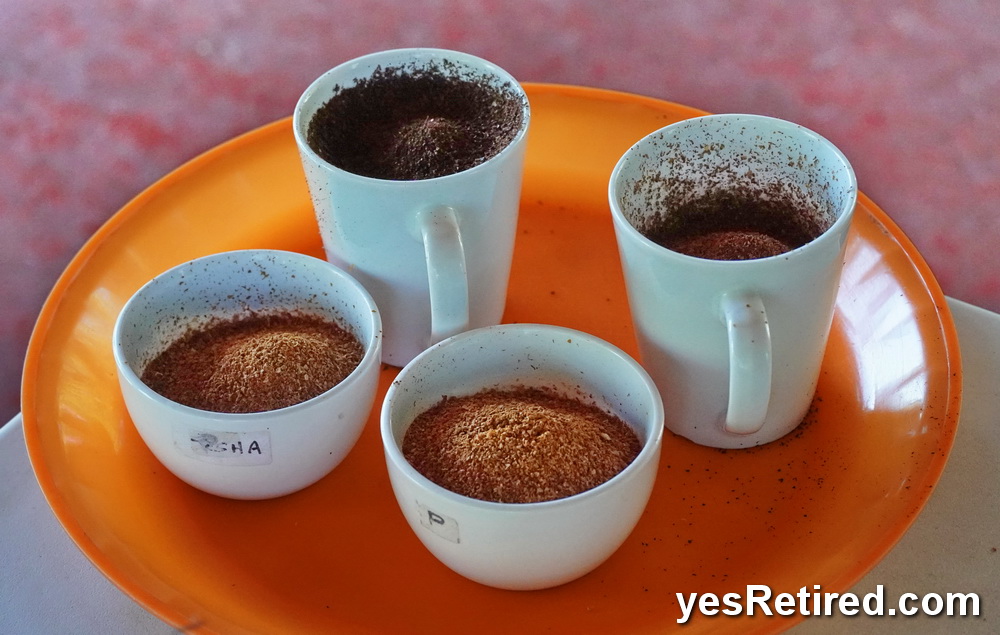
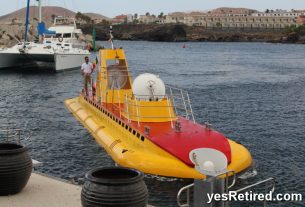
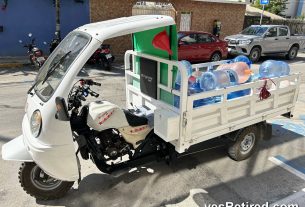

1 thought on “Coffee Farm Tour and Tasting -Panama”